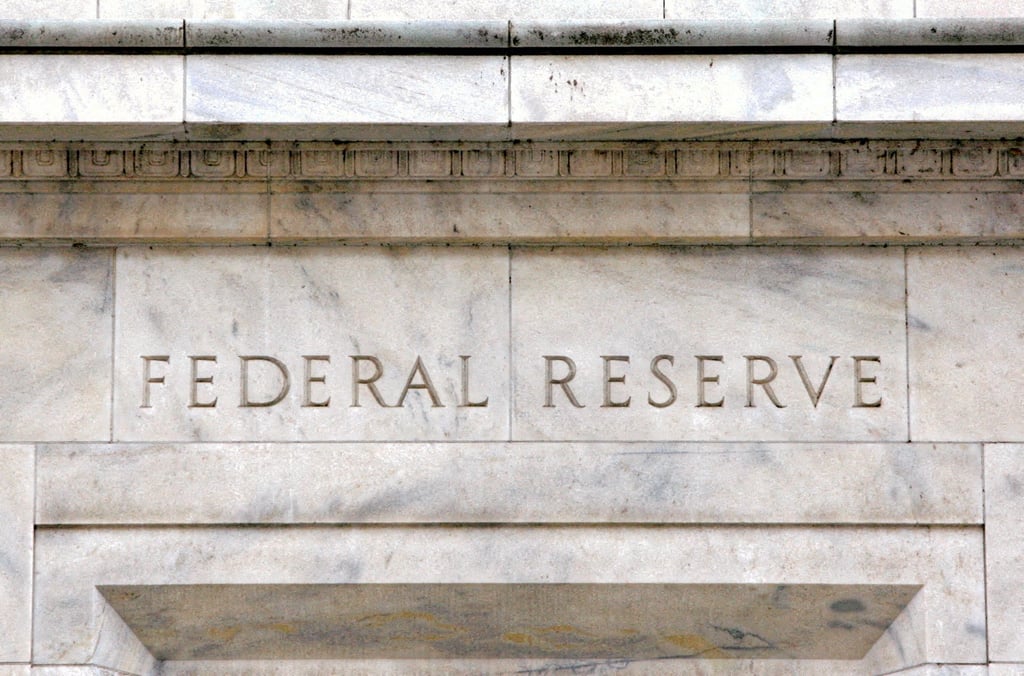Macroscope | US Federal Reserve still seeking interest rate sweet spot as fall in inflation slows
- While it’s not possible to rule out another US rate rise this year, the Fed looks to be entering a holding pattern
- A resilient US economy together with the gradual labour market adjustment means inflation is falling slowly, which will keep rates higher for longer

As such, the annual central banker talkfest at Jackson Hole, Wyoming, was shaping up to be an important event for markets. The title of this year’s symposium – “Structural Shifts in the Global Economy” – was alluring, given that it opened the door for the likes of US Federal Reserve chair Jerome Powell and European Central Bank president Christine Lagarde to discuss events over the past few years and their impact on monetary policy.
All this is to say that the Fed remains data dependent, but aren’t we all? Based on the softer economic data since the Fed last met and the continued bias among several Fed members to raise rates, the September meeting is likely to result in a “hawkish skip”.
This seems to be the view of many, with the market pricing in a high chance that the rate will remain unchanged. However, heading into the November and December meetings, things are more evenly priced between a Fed hold and another rise of 25 basis points.

